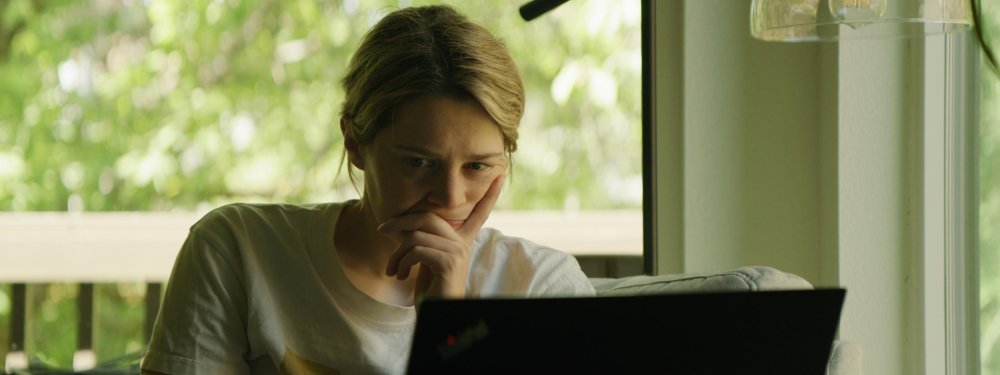-
Posts
7,995 -
Joined
-
Last visited
Content Type
Profiles
Forums
Articles
Everything posted by kye
-
Looks like you can just change the URL of the map camera link to get previous months.. https://news.mapcamera.com/maptimes/2025年10月-新品・中古デジタルカメラ人気ランキング/ https://news.mapcamera.com/maptimes/2025年9月-新品・中古デジタルカメラ人気ランキング/ etc.
-

Benro are coming out with drop-in e-ND (electronic ND filter kit)
kye replied to Andrew - EOSHD's topic in Cameras
I had the vague impression that LCD panels had some element of polarisation to them, but maybe that's not true. However, even if it was true, the fact you haven't noticed any probably means the polarisation isn't changing direction as the strength varies. I do a lot of tests where I match different shots in post, things like latitude tests etc, and if I use a vND to control exposure then I'll end up with two shots where the subject is the same WB/exp but the sky or the level of reflections in water/glass will be completely different, which ends up being the polarisation from the rotating element of the vND being a different angle between the two shots. -

Benro are coming out with drop-in e-ND (electronic ND filter kit)
kye replied to Andrew - EOSHD's topic in Cameras
Interesting product. I couldn't see from the images how it is powered, but it looks like maybe it has a USB-C port on top, so maybe it's rechargeable that way. I always assumed that such a thing would sit between the camera and lens (like those adapters with drop-in filters) and could be powered by the mount, but obviously this couldn't do that. If we assume its total range is ND3-64 then that makes it ~1.5-6 stops. Not a bad range - I use a 1-5 stop vND when out and about and find it has enough range for most run-n-gun conditions. I gather e-ND filters are much better than vNDs with colour accuracy and not messing with the image too much (e.g. with polarisation etc)? -

A very good YouTube channel by British Photographer Harry Borden
kye replied to Andrew - EOSHD's topic in Cameras
Same, started watching a few months ago. -
A primer on the fundamentals might be useful as a refresher too...
-
Motion cadence will be impacted by every step in the image pipeline from the sensor onwards. The way to think about this analytically is anything that influences the quality or quantity of the motion blur within each image will impact the motion-cadence, or anything that lets the contents of any frame influence the surrounding frames. So it will be influenced to some degree or other by: shutter speed sensor modes (RS, etc) in-camera NR in-camera compression (codec, especially bitrate and IPB vs ALL-I, etc) processing in the NLE (NR, sharpening, colour grading, noise, etc) NLE export compression (codec, especially bitrate and IPB vs ALL-I, etc) streaming platform processing (NR, sharpening, colour grading, noise, etc) streaming platform compression (codec, especially bitrate and IPB vs ALL-I, etc) viewing device refresh rate vs video FPS mis-matches viewing device motion smoothing settings ambient viewing conditions and screen view angle etc I think of there being three dimensions within video. There are individual-pixel things that impact each part of the frame in isolation, like temp, tint, exposure, contrast, saturation, etc. There are spatial things where one part of the frame influences other parts of the frame, like softening, sharpening, halation, bloom, NR, etc. There are temporal things where parts of one frame are influenced by the content of other nearby frames, like temporal NR, grain algorithm, etc. We talk a huge amount about the first category, we talk anecdotally about the second one but no-one is really tackling it as a whole, and the third one is rarely even discussed.
-
I think there's an echo in here....
-

Canon EOS R6 Mark III and Sony a7 V compared - Canon better specs but...
kye replied to Andrew - EOSHD's topic in Cameras
Cheap zoom lenses (and especially kit-zooms) are often the BEST lenses. I wrote a whole thread on it here including examples and comparisons, but the summary is: They're cheaper than almost any alternative They're flexible and very fast to use, because zooming is always faster than changing primes They improve your edits because you can get greater coverage and variety of shots in the same amount of time / setups They are in the "sweet spot" between being too sharp and looking clinical and being too vintage, but their aberrations are often actually very aligned with the qualities of vintage lenses people want, just dialled down to a modest amount They have smaller apertures so are easier to focus / less prone to focus errors and don't need as much ND in brighter situations They often have native AF and are kept updated with firmware updates They often have OIS Those with variable apertures are much closer to being constant DOF, where the more you zoom in the smaller the aperture gets, counteracting the effects of the longer focal-length, which makes your footage more consistent They don't get a lot of love online, but that's because most of the discussion online is about the things that are THE MOST of something (the sharpest, the newest, the biggest, the most expensive, etc) and being cheap and good is only really attractive to people who actually shoot in the real world and where a happy middle ground is desirable. My most used lens is a variable aperture zoom lens, despite me owning many much "better" lenses. -
This video from @Tito Ferradans has some info on it, but he doesn't show everything needed so you might need to watch a bunch of YT videos and search to see if other people have shared how they do it.
-
I sympathise deeply - well done for getting through it. I shot a number of trips with a nice camera + smartphone + action camera, and only in the last few months did I shoot my first trip where every camera had colour management support. Matching footage from multiple older/budget cameras that don't have log profiles and colour management support is perhaps one of the hardest challenges in colour grading. Not only are the colours and gammas a challenge, but matching sharpness and NR and compression artefacts are also things that can make clips stand-out from each other. I've lost count of the number of times I spot a 1-2s clip from an action camera spliced into a high-end production based solely on how much sharper it is than the rest of the footage, which could all be avoided with a simple low-strength small-radius blur to take the edge off. Obviously ultra-low-budget docos are often subject to using whatever cameras are available at the time, and docos often need to use more rugged cameras like action cameras etc to survive different conditions, not to mention dealing with footage from other sources. To me, a camera has to be pretty bad or pretty ill-suited to make it worthwhile to break consistency with the other material already shot. As much as you can, pick a camera, pick a few lenses (or just one lens), do your due diligence to get familiar with them, and then just get on with it. It's only when you can see past the camera and the lens and the filters that you'll be able to see what you're pointing the camera at.
-
My Takumar 50mm F1.4 arrived and I took it out to compare it with the Voigt 42.5mm F0.95 with Sirui 1.25x adapter setup. The Voigt+Sirui is equivalent to 68mm F1.5 and the Takumar+Speedbooster is equivalent to 71mm F2.0, so a bit longer and a bit slower. In order to avoid changing lenses all the time, I did a little lap with the Voigt+Sirui, then did another lap with the Takumar and re-created the compositions from the first lap (as well as grabbing other shots too). These images have had a film-emulation applied, and have had exposures matched, but no other changes, so things like contrast and WB etc should be the same. My impressions: Voigtlander is softer at F0.95 than the Takumar at F1.4 I haven't compared them with the Voigt stopped down, but I'd probably rather get a bit more subject separation than sharper images. The extra sharpness of the Takumar makes the focus peaking a lot easier to use when using the screen (using the EVF you can see what is in focus but the monitor you need peaking on) The focus ring on the Takumar is a lot looser (not that damped but not too loose either), but of course it's backwards The extra width of the Voigt is apparent. It makes me wonder if the Speedbooster is a little less boosting than I claimed. The Sirui has a lot of coma on the edges (stretching light sources horizontally) so the bokeh seems more horizontal than vertical on lights, whereas the Tak seems to have a zoom-blur sort of effect which is a bit odd The Tak has slightly lower contrast (hard to see but I noticed it when trying to match exposures) In addition to those, I also grabbed these with the Takumar: Swirly bokeh! and it's not a Helios!! It has a nice halation/glow but the ghosts from the light sources are real. This is something I am thinking a lot about because I find them to be very distracting. Seems sharp at the edges at closest focus. The bokeh is confusing - sometimes with bubbles and sometimes not. I actually find that the response to light sources in this lens is very complicated - sometimes it stretches along the spokes of a wheel and other times along the rim of the wheel. Also something I noticed but isn't really visible in stills is that light sources pointed straight at the camera have a flare that's like a loop, like this, which can look pretty distracting too. My conclusions are: The focus being lighter and peaking being more obvious makes it a bit easier and faster to use, so much so that I changed my process to where I'd adjust the vND, then hit record and then focus in the 2s it takes the GH7 to begin recording The size and weight difference is significant and I found I was able to shoot people from a lot closer with it than the Sirui The small size and weight mean it's a no-brainer to pack on trips where I'm reluctant to pack the Voig/Sirui combo Next is to test it with an oval insert to get some stretched bokeh. As a proof of concept it certainly looks promising.
-
Interesting lens - I missed it when I was looking around, but like I said, 75mm is a bit long. I'd have to pair it with an adapter to make it a bit wider!
-
What lenses would you suggest? The GH7 combo is equivalent to a 68mm F1.5 but I can't find anything with a shallower DOF without it being too long. The fastest things I can find are 75mm F1.4 lenses that are a bit longer than I'd like, or 50mm F0.95 lenses but they're deeper DOF than this. You'd think it's a no-brainer with FF but I couldn't find anything without also adding adapters. I was hoping I'd missed something!
-
It's quite easy to focus. Physically it's well damped and optically it's really sharp so the limitation is in how sharp the taking lens is and what sort of monitoring and peaking you have on the camera. Minimum FD is around 60-something cm, which I think is what the spec says. IIRC I tested it on the Voigt 17.5/0.95 and didn't really notice differences between that and other lenses, although I'm not doing much close up stuff. Yep, why stop down? 😄 Test shots here: More shots here: and here: The GH7 is a dream to use. The only "downsides" are it's not FF, it's physically large/heavy/chunky, it doesn't have a 1.25x anamorphic de-squeeze (so I use the 1.33x one which works fine), and the punch-in focus assist only goes to 6x. That's literally everything I can think of. That would only let me focus closer, wouldn't it? I don't find close focus to be an issue with it, just looking for something with shallower DOF. My Takumar 50mm F1.4 arrived today, so I'll be playing with that.
-
On my last trip I shot with the GH7 >> Voigtlander 42.5mm F0.95 >> Sirui 1.25x anamorphic adapter, and was really taken with the images, which remind me of 90s/00s cinema. But the setup was big, heavy, and didn't have as much shallow DOF as I wanted as I was shooting a lot of compositions at a distance without having many/any things in the foreground. Optically it's equivalent to a 68mm F1.5 on FF. A good horizontal FOV, although it's a 'between' amount and I would go wider and crop rather than going tighter. Physically it's large and heavy, weighing 2.1kg 4.6lb and with the 82mm front gave me very little stealth factor, further justifying shooting street with such a long focal length. Despite me shooting in busier areas and stopping when I first come upon a composition, people clocked me very frequently. In terms of the brief, I think that I want: - similar horizontal FOV (H-FOV) - shallower DOF - similar softness (the Voigts are nicely soft wide open, taking off the digital edge beautifully) - funkier bokeh, preferably stretched consistently vertically rather than swirly / cats-eye - smaller / lighter - not thousands of dollars I'm pondering how to get there, I've figured a few potential pathways... Vintage speedbooster - GH7 >> Speedbooster >> ~50mm F1.4 I already own a M42-MFT speed booster, which combined with a ~50mm F1.4 lens would give a 71mm F2.0 FOV. This is slightly deeper DOF but is only a AUD200 or so, and when combined with an oval insert, can give great bokeh. This is a proof-of-concept shot with a M42-MFT speed booster and a 50mm F1.8 lens with a couple of bits of paper stuck to the rear lens element: This is definitely a vintage / funky approach, but isn't so fast. This leads us to the elephant in the room, which is that while MFT is excellent at a great many things, very shallow DOF isn't really one of them. We are using a 0.71x speed booster already but need to decrease the crop-factor further. Vintage speedbooster + wide-angle adapter - GH7 >> Speedbooster >> ~50mm F1.4 >> Wide-angle adapter If we add a 0.7x wide-angle adapter (WAA), we end up with a crop factor of 0.995, which is essentially FF. This seems promising as TTartisan noticed that everyone-and-their-dog wanted a longer telephoto lens to go with their M42 Helios, and gifted us an M42 75mm F1.5 swirly bokeh master. Combined with the SB + WAA that gives us a 75mm F1.5 which is a bit longer than I'd want, but is interesting. BUT, and it's a big but (I cannot lie) Spherical wide-angle adapters seem to be universally rubbish. I bought two ultra-cheap WAA and they were rubbish (when shot with a fast lens wide-open anyway) which is to be expected, but recently I snapped up a Kodak Schneider Kreuznach Xenar 0.7x 55mm adapter, which should be a fine example of the breed, and it was also pretty rubbish. Certainly, more 'vintage' than I am looking for. Subsequent research lead me to conclude that people stopped making these adapters once the mirrorless revolution happened and people stopped using fixed-lens camcorders. I'd be happy to be proven wrong..... However, there is one type of wide-angle adapter that is available with modern optical standards, and that's the anamorphic ones, which leads us to... More anamorphic - Blazar Nero 1.5x anamorphic adapter This is probably my ideal anamorphic adapter in many ways (but one) as it's smaller and lighter than the Sirui, isn't quite as sharp (I don't mind) and has more squeeze to-boot. If I use it on my 42.5mm Voigtlander lens it widens the HFOV compared to the Sirui (not ideal) and also doesn't change the DOF. If we combine its 0.667x HFOV boosting with my 0.71x speed booster we get a crop factor of 0.95 - wider than FF! So, combined with that 75mm F1.5 TTartisan lens, that's a 71mm F1.4 equivalent. Compared to the 68mm F1.5 we started with that's only a slight improvement in DOF, and only a slight improvement in size and weight, but we've paid the better part of AUD2000 to do it. ...and for that kind of money, we can just buy a FF camera. Go Full Frame - but what to buy?? Remembering our original goal, the option that stood out to me was the Lumix S9. It's small, has a flippy screen, and is within consideration at around AUD1500 used. The OG S5 is similarly priced and I hear it has some good mojo. There might be others too. Ideally, I'd go with a smaller body, as if I'm paying this much for a new system, starting with a GH7-sized body seems counter-productive. The S9 is very similarly sized to my GX85 and here's a comparison of sizes... [GH7 + Voigt 42.5/0.95 + Sirui] vs [GX85 + SB + 50mm F1.8]: The weights are similar - those setups are 2110g vs 800g - more than 2.5x the weight. In terms of lens options, this is a world I am unfamiliar with, but considering we've just blown most of our budget on the body (and spare batteries etc) lenses can't cost too much. Considering I am inclined towards cheap/funky/vintage MF lenses, I figure the options include things like: Vintage 50mm F1.4 lenses (like a Takumar) on a dumb adapter The swirly 75mm F1.5 TTartisans on a dumb adapter The 7artisans 75mm F1.4 in L-mount These aren't shallower DOF at all! FF is a lie! (I kid.. well sort-of anyway) Even if I spring for more expensive options like a 50mm F0.95 that still has deeper DOF due to the shorter focal length, and it doesn't look like F0.95 lenses for FF are affordable for anything other than 50mm. If I start adding serious weight again with things like a Sirui 150mm T2.9 1.6x and then attach my 1.25x to it, I'd end up with a 150mm T2.9 2x anamorphic lens, which has a HFOV of 75mm T1.45, but the combo weighs almost as much as my GH7 rig does in total! No wonder the replacement series from Sirui were made from carbon fibre! Perhaps the only real jump in shallower DOF is to combine FF with an F1.4 prime and an anamorphic adapter, like FF + MF 85/1.4 + Sirui 1.25x adapter which would give an HFOV of 68mm F1.1, which is definitely faster. If this was the S9 then it would be smaller and lighter, but is still 75% of the weight and most of the size of my GH7 rig. But I suspect there are better more 'inventive' options. I want cheaper and lighter and I'm willing to 'pay' for it in image quality (actually I'd PREFER less sharp glass with more funk) so there have got to be other paths too. One I can see is to continue the speed-boosting pathway with a L-mount speed booster like 0.71 EF-L / FD-L / PL-L / NIK-L and then pair it with a ~100mm FF lens that might have a greater than FF image circle and not only get a shallower DOF but also get to see some funk at the edges (or even the actual edge of the circle which might be really cool). Unfortunately vintage 100mm F1.4 lenses don't seem to be common or cheap. My current leanings are to accept defeat and just go with the [GH7 >> M42-MFT SB >> oval cutout >> vintage 50mm F1.4 Takumar] option, which gives a 71mm F2.0 FOV, and only costs a couple of hundred dollars.
-
Seems like another hidden cost of the internets obsession with AF. The more everyone screamed about it from the rooftops the less that manufacturers cared about anything else. The worst thing about the camera industry is the BS that the online communities prattle on about. Now we have clinical lenses and megadollar-megapixel cameras that fill up your card in 10s flat with 8K 60p RAW and require all kinds of Film Emulation in post to get rid of the sensation that digital scalpels are being hurled into your eyeballs when you look at the footage. No wonder vintage lenses have never been more in-demand. ...or vintage point-and-shoot cameras or digicams for that matter.
-
No reason that the iJustine channel can't publish a great video..... Well done to the film-making team that created it: Strange that there's no credit for editing. Maybe that was also Nathan. Well done to Apple for creating a phone that can produce results like this when used competently. Any YouTuber with the desire and sufficient resources should be able to replicate such a thing. It is a nice example of what the tech can do when used correctly by competent film-makers. The night shots were pretty good. I've found it to have impressive DR and low-light capabilities, but this was slightly more than I was anticipating. Those areas of Tokyo are probably quite well lit though, and I bet there was a healthy dose of NR in post for select shots. The results are still good though.
-
I certainly like the combination of vintage lenses with modern anamorphic adapters. In some ways the images might be similar to the modern lenses with vintage anamorphic adapters. It's certainly much more accessible.. Please do, and make sure to post it here so I'll find it - I get the sense that there might be a lot of tricks to get the most from it. I pulled up Buyee and a quick search for "50mm F1.8 m42" revealed quite a number of things: Lots and lots of lenses that are many hundreds of dollars It's got the search engine from Amazon, not the one from ebay... I would categorise its approach as a "vibe search".. like "that's a lens right? ok, sure.. here are a bunch of lenses - knock yourself out!" It ranked the Takumar 28mm F3.5 surprisingly high up in the list, considering that further down in the list were quite a lot of Takumar 55mm F1.8 m42 lenses (which match 2 of my search words instead of the 28/3.5 which matched ZERO of my keywords!). Damn Takumar made a lot of 55mm F1.8 lenses I've been buying vintage audio valves/tubes from all over the world since the early 00s and have found the Japanese to be the hardest market to buy from, especially as buying vintage stuff likely means dealing with older vendors who are less likely to be interested in dealing with language barriers, international postage, customs, etc. Back then it was pretty common for us to search the net, or forums, or even business directories etc, or just see something pop up on ebay and we'd contact the seller and then buy all of their stock from them. Most of the time we couldn't even get the Japanese vendors to reply to our emails.
-
Going back to the GH7, one thing that surprised me on the trip was the GH7 + Voigtlander 42.5mm F0.95 + Sirui 1.25x anamorphic adapter combination. When I saw that the Sirui was under USD300 / AUD500 I was stunned as anamorphic was something that I had dismissed as simply being inaccessible to me - too expensive / difficult / complicated. I ordered it immediately. When my tests revealed it was quite happy paired with the Voigtlander F0.95 primes shot wide open, I decided to take the 42.5mm on the trip with me as a creative experiment. The FF horizontal equivalent for the 17.5mm and adapter is 28mm F1.5, which is interesting but I'm not a huge fan of the 28mm FOV, so I chose the 42.5mm lens to pair with it, which gives an equivalent of 68mm F1.5. It's a longer lens for street shooting, but will give me some distance to work with (useful for a rig that is as large as this combination) and will give some great shallow DOF too. Here are some sample frame grabs from the night markets in Xiamen Island, China. When I used it in Hong Kong I found the focal length really came into its own. There were so many layers and so much movement, the best shots are just a confusing mess without the motion that helps you identify what is going on. Here are some more minimal frames. I have pushed the grade in these very heavily. Loads of contrast and vignetting and a strong application of Film Look Creator too. The Voigtlanders are soft wide-open too, adding to the look. IIRC these images were shot with the lens stopped down a bit (I'd forgotten my ND filter!) so it can be quite well behaved. It has sent me down a rabbit hole of looking at how to get a more vintage S35 / FF look. More on that later. My mini-review of the Sirui is this: It's very affordable It's large and heavy, but build quality feels very good and seems to have tight tolerances It's sharp It doesn't flare much at all, even shooting in the streets at night I only saw flares on a few occasions when the headlights of a car hit the lens just right The focusing mechanism is a joy, I used one finger to focus it for a lot of the time I was using it The bokeh is surprisingly cats-eye / swirly, and doesn't have that strong a vertical stretch (at 1.25x it's only a mild squeeze factor so that makes sense) It has a bit of coma with bright lights If you like what you see above, I'd recommend it. I started off thinking that my bag was very heavy and not taking this combo next trip would be a good way to lighten my luggage a bit, and on the trip home was thinking that I'll take it everywhere and just pack less clothes.
-
It's funny, but I look at "what if" scenarios for lenses about once a fortnight and I've repeatedly considered getting an EF-MFT speed booster and I never found a reason for it. The EF lens options never met the parameters of whatever it was that I was contemplating doing, so I never bought one. On the other hand, my M42-MFT speed booster remains in use continually. Every time I 'tidy up' my lenses and put the ones I don't use into a box this always seems to stay out for one reason or another. I always seem to be learning something about images or shooting or something, and will look at my lens collection from a completely new perspective, and the MFT system and M42 system (for adapting FF lenses) always seems to be the winner.
-
The Blazar Mantis is an interesting lens, and does reduce the weight from 1.3kg down to 800g but the SB+50/1.8 is only 350g, so pretty hard to beat. Plus the Mantis is probably 20-50x more expensive! The Lensbaby Double Glass has a replaceable aperture, but is 50mm F2.8 so on MFT equivalent to a 100mm F5.6 so pretty slow when compared to the Voigt+Sirui combo which is equivalent to a 68mm F1.5, or the SB+50/1.8 which is equivalent to a 71mm F2.6. I'm actually quite impressed at how much stretch and how consistent it was with the insert at the rear of the lens. I'm guessing this is where a 3D printer would come in perfectly, as I could rapid-prototype a completely custom insert for it. No matter, I'm sure I can do a reasonable job with some cardboard and a sharp knife.
-
I shot a lot with the GH7 + Voigt 42.5mm F0.95 + Sirui 1.25x adapter while in China and Hong Kong and loved the setup, both for the images and also the ergonomics and use, but the combo is heavy. The glass is 1.3kg and with the GH7 the rig is over the 2kg mark (4.4lbs). While I felt like a total bad-ass wielding the rig, and the coolness factor of shooting street scenes with hand-held anamorphic is in-arguably off the charts, it wasn't perfect. The bokeh isn't that stretched from a 1.25x squeeze factor, and does exhibit a certain amount of swirl, I was wondering if there was a spherical alternative that would be considerably less weight to drag around the world. This is a first experiment in that direction. GH7 + M42-MFT Speedbooster + Meyer-Optik Görlitz 50mm F1.8, but with two small additions: Yes, these are small cutouts of the sticky part of a post-it note stuck directly to the rear element of the glass. These sit between the lens and speed booster. I've tried putting cutouts onto the front of the lens (on a space UV filter) and the results are underwhelming. This, however, looks incredible and is much more consistent in the shape of the bokeh throughout the frame. Obviously the shape isn't ideal, as I should round it slightly and especially round the corners, but as a proof of concept, this looks promising. More complex scenes: Of course, these are open-gate images, and this is definitely bokeh that deserves widescreen.... and with the best grade I could manage in the Mac image Preview tool, we get this: There is definitely something here. More to come for sure.
-
Love this. I remember as a teenager I used to translate everything to CDs - how many albums I could buy with the money I was evaluating. +1. My own experience of buying from Japan on eBay is similar to this. There are always examples of scammers / criminals / misrepresentation / bad behaviour from every culture. I think that it's precisely because the Japanese have such a good reputation for this that the few examples of misrepresentation that have happened get blown up and repeated far more than they might from other countries. I've bought quite a number of lenses that were cheap because they had fungus or haze or some other issue, and I consistently found with the Japanese listings that when I received the lenses and really examined them (especially against a strong light source) that the issues I discovered were almost always completely described by the Ebay listing. I suspect I might have had one surprise from a Japanese listing where something was misrepresented, but the level of deception was what you'd sensibly assume to be true on every other listing from any other place basically. From everywhere else, "buyer beware" is just being sensible.
-
I agree, the Remus seemed to more consistently have vertical bokeh. 2x squeeze must just be incredible though. Thanks! I think things like this are a really practical way to get more flexibility with your equipment because you work out what you can emulate in post and then can focus on buying things that have the rest of your requirements, rather than everything you want. Then you just do some tests on dialling in what you like and save it as a preset and you're good to go. You do have to consider the practicalities of these things. I went out with my GH7 >>> Voigt 42.5mm F0.95 >>> Sirui 1.25x setup last night and while it's hand-holdable, it's not something I'd want to be much heavier, and definitely a challenge to hold perfectly still, even with the GH7s anamorphic IBIS turned up to 11. One thing I noted last night was that you can pull focus on the Sirui with one finger, so with my right hand on the grip and my left palm-up under the middle of the rig taking the weight I can still pull focus with my thumb or index finger. I really might. Maybe that's why I shouldn't! I've got a cache of images from this trip, and I've got some vintage equipment I want to test when I get home (and I might have ordered "a few" new lenses in the last few days off eBay) so I'll be looking to do a bit of a deep dive into this stuff in the coming weeks/month. Here's a few more recent stills. This place is intoxicating. Most of the shots have so many layers that without the movement you can't tell what anything is, so these are some of the simplest compositions.
-
To further elaborate on what I was saying about matching some elements in post, here's an attempt to bring the Sirui closer to the look of the B&H. It's not perfect but it's definitely closer. I've played with contrast / levels / colours / diffusion. The only tools used should be available in all NLEs: Lift Gamma Gain wheels Log wheels WB controls Contrast control Curves Added a Gaussian Blur at 36% opacity for the diffusion / halation / glow effect B&H Original: Sirui (graded to match): Sirui Original:



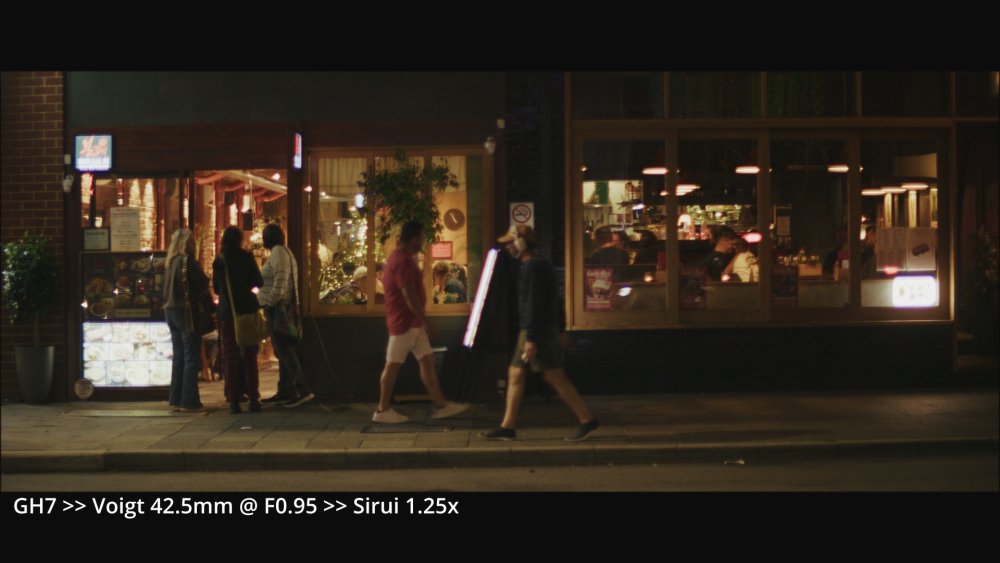
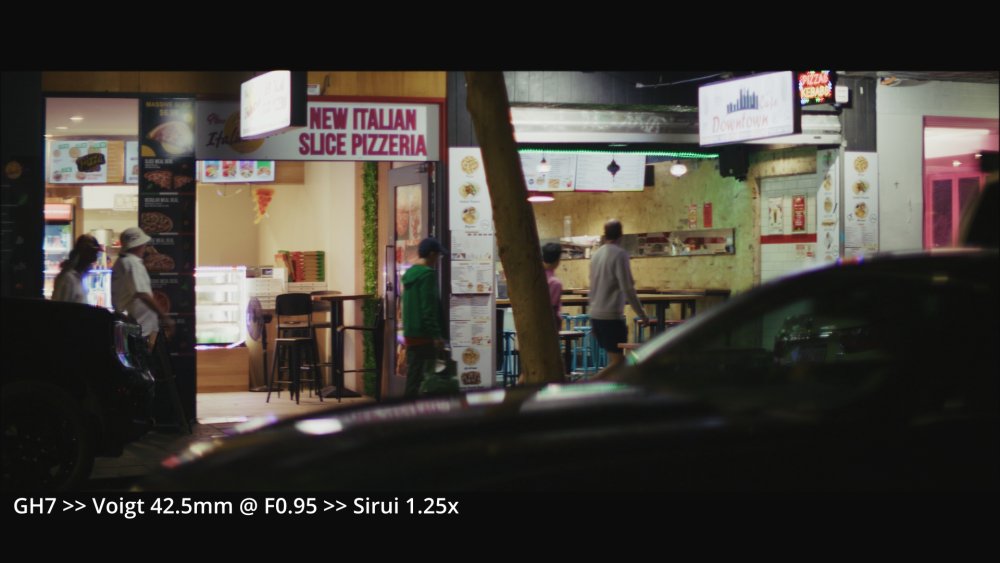
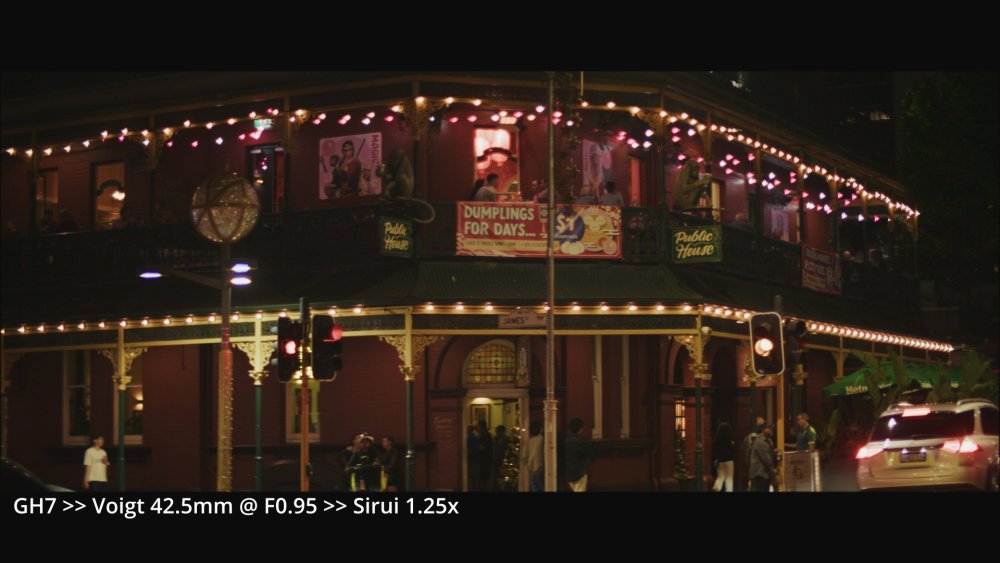

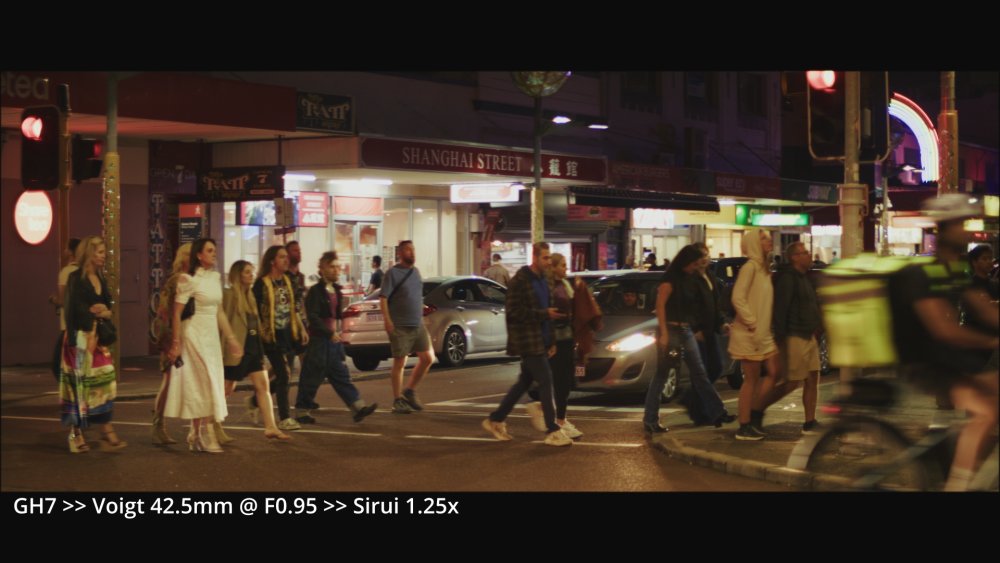
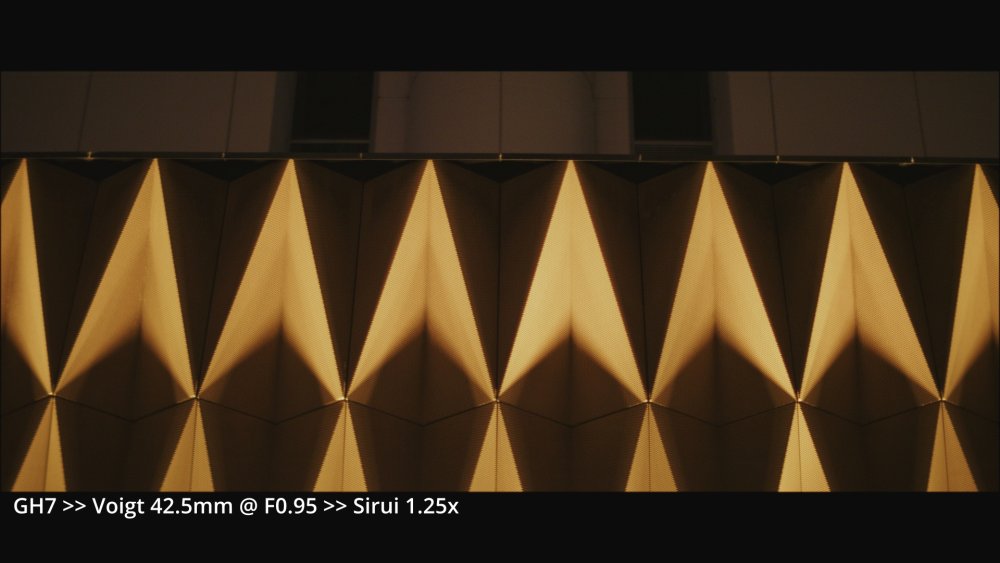
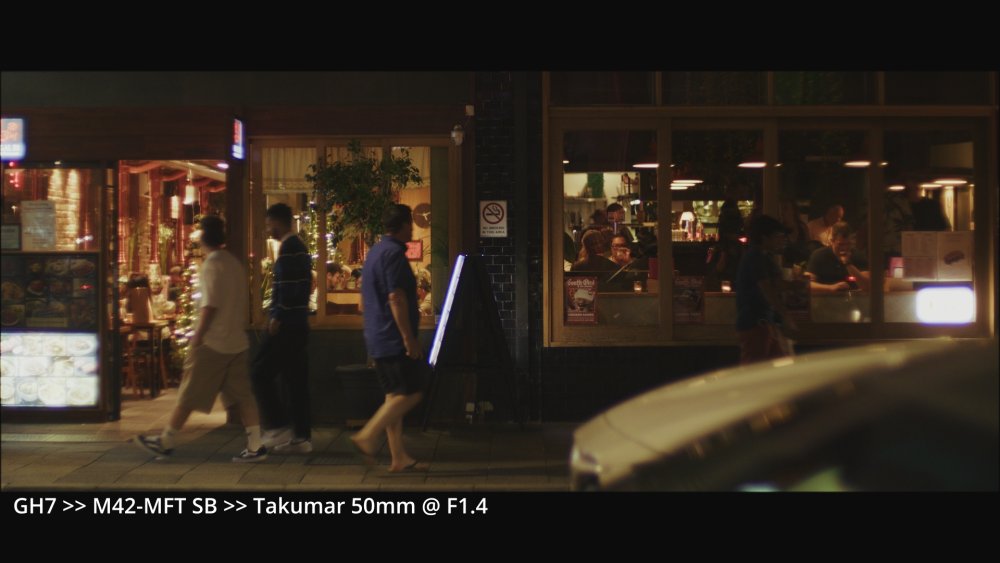
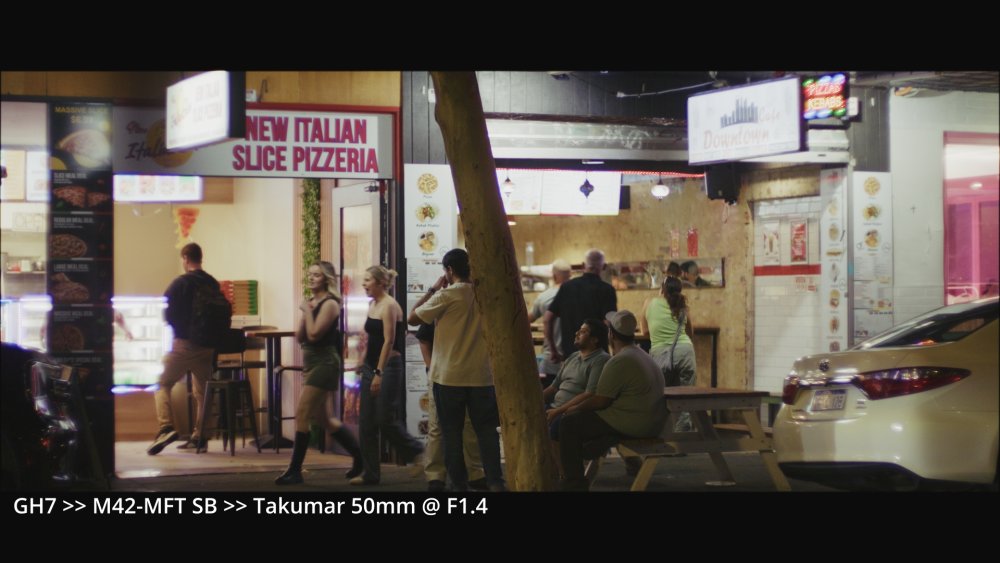
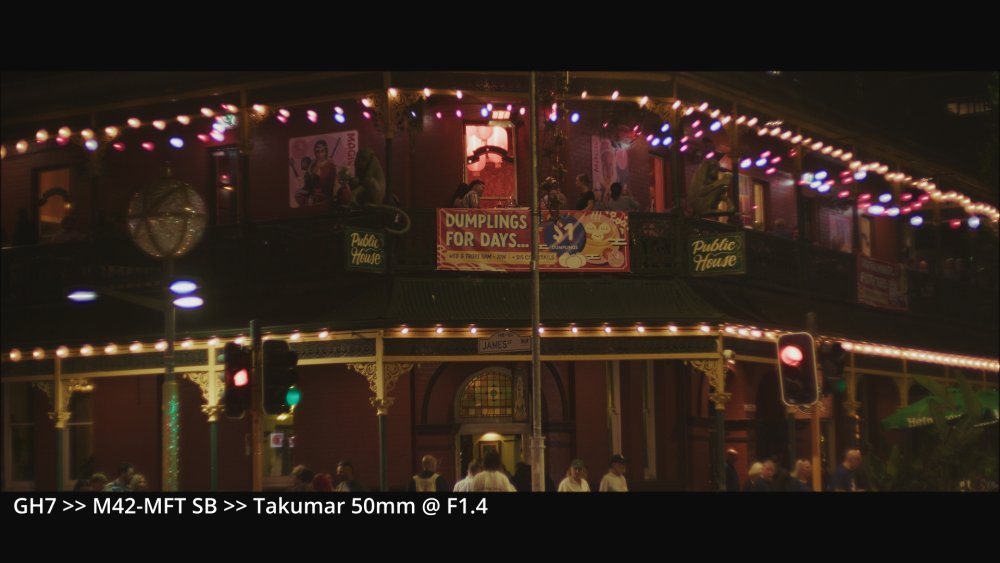
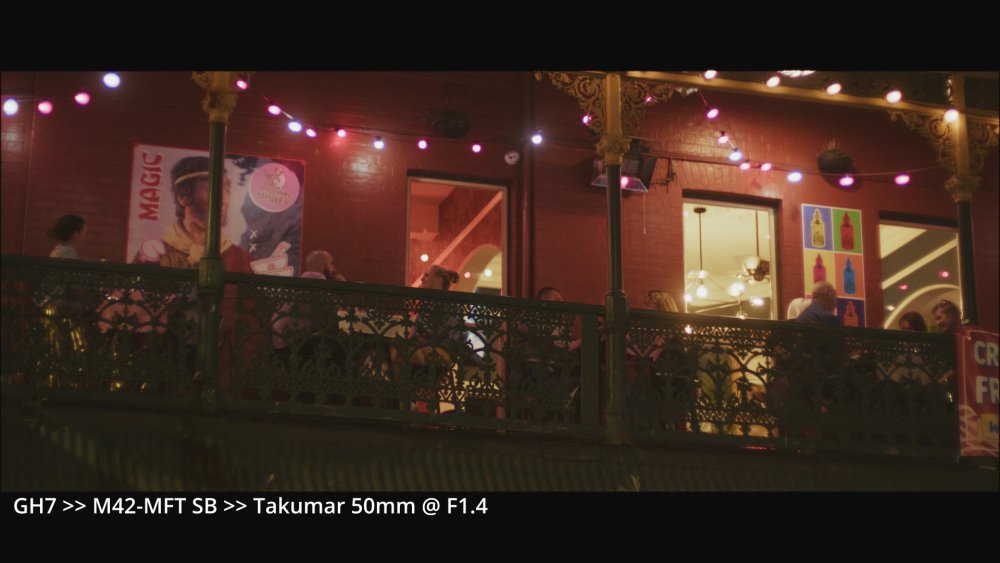
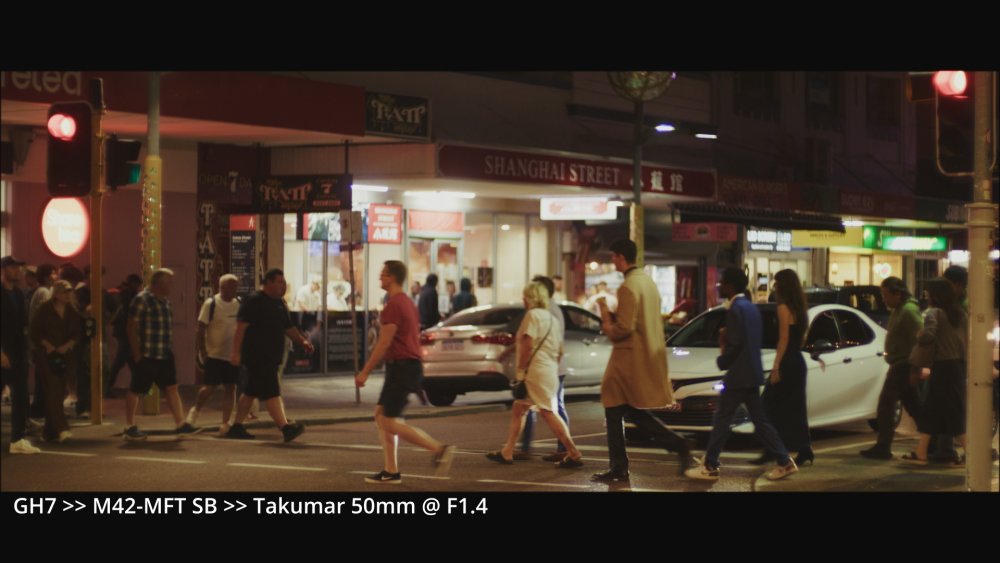
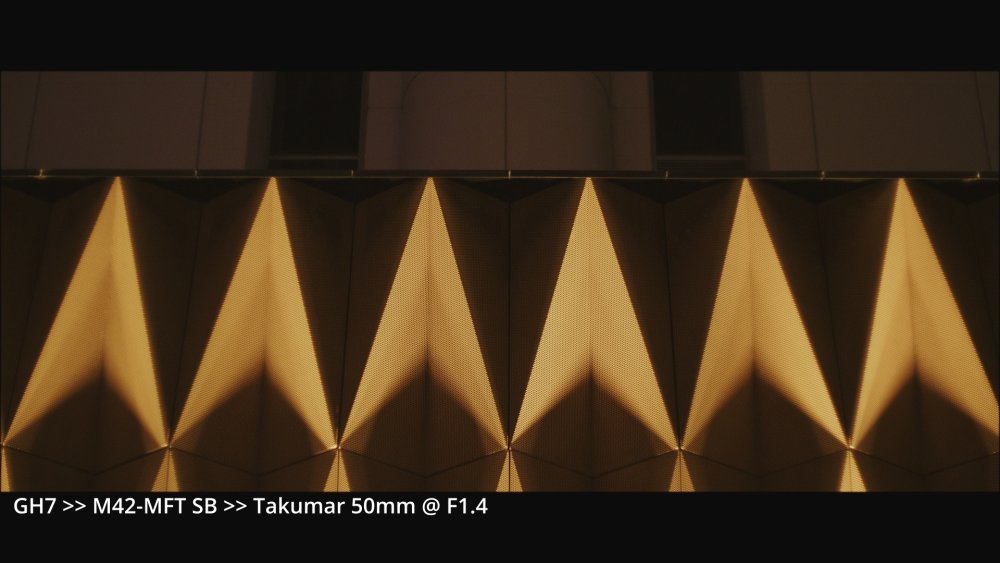
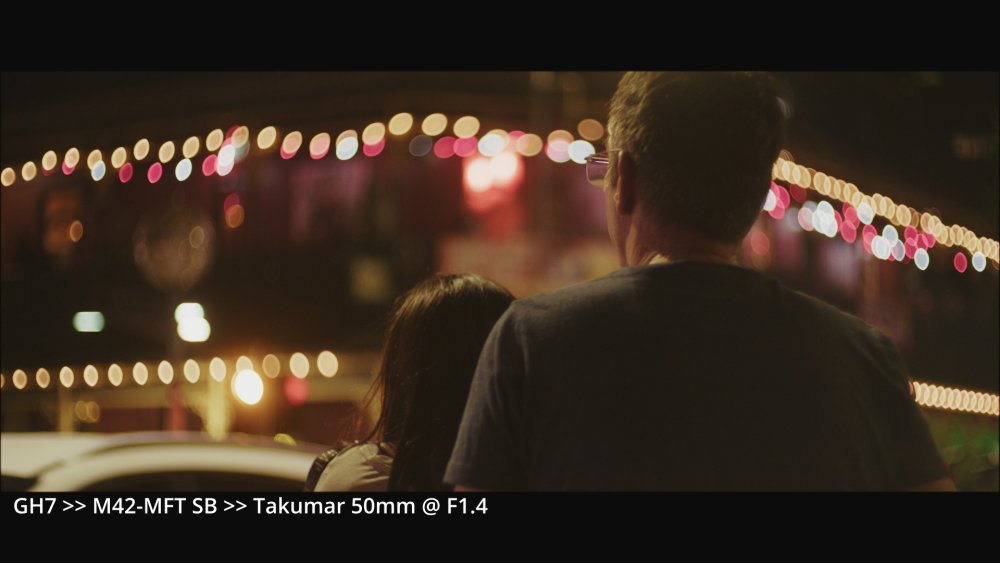
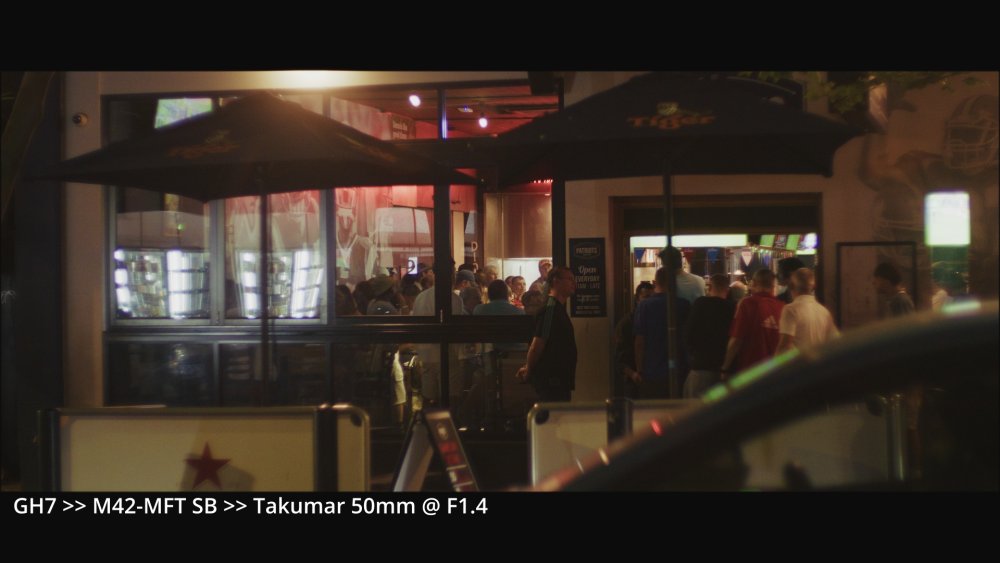
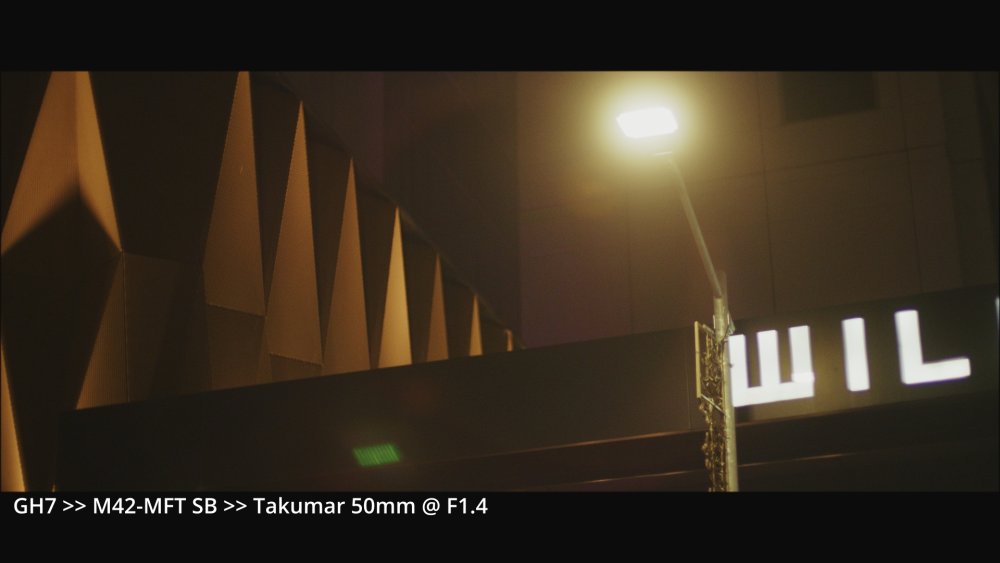
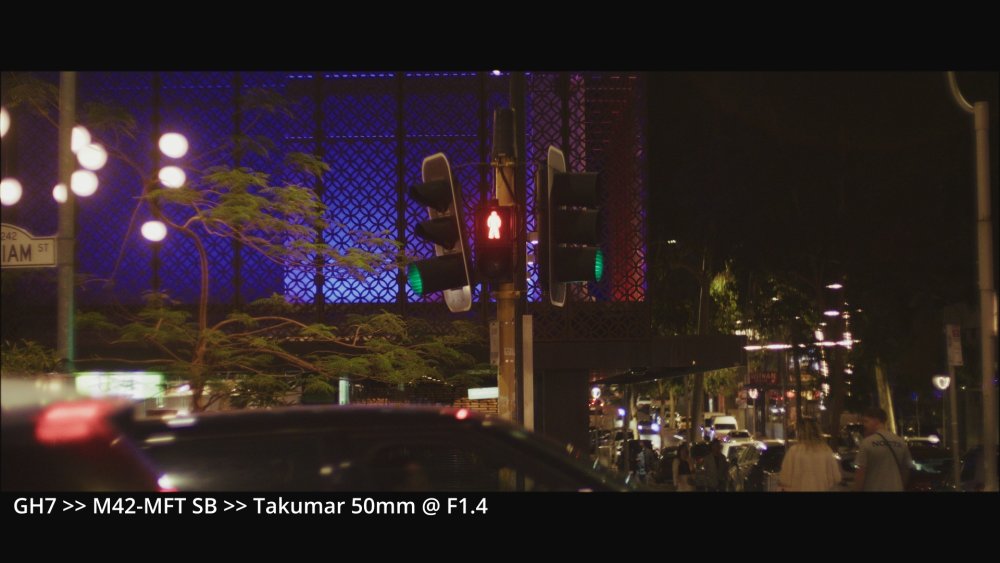
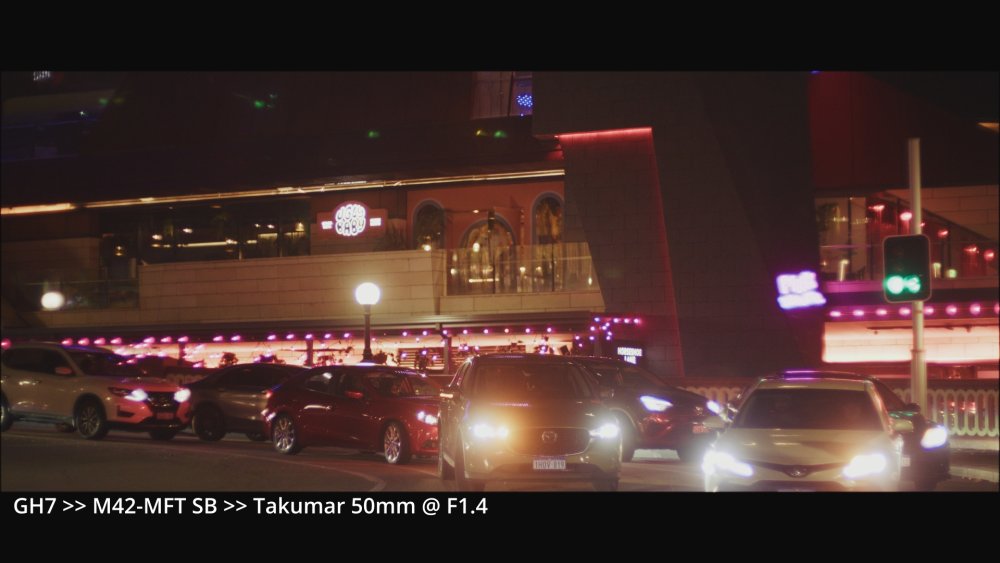
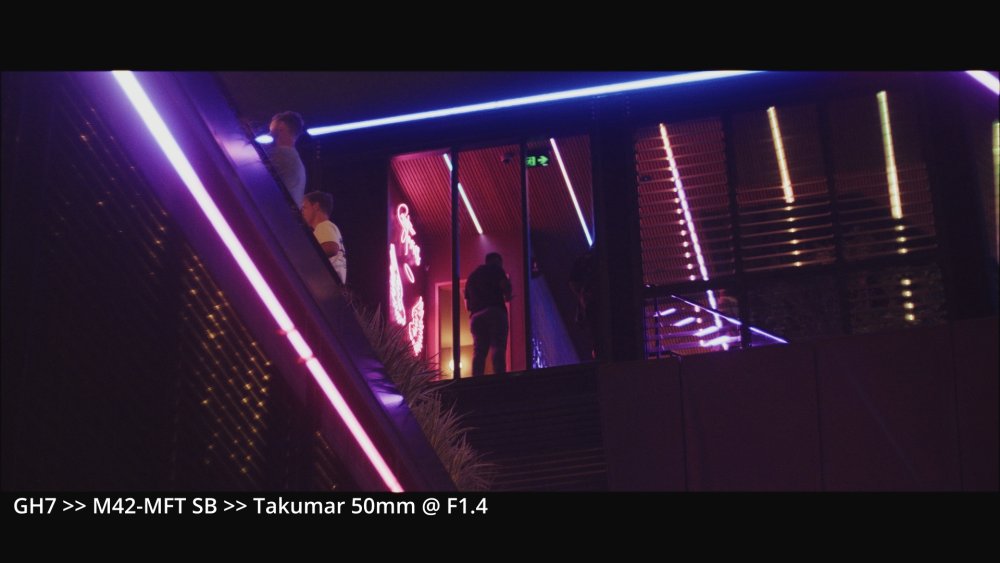
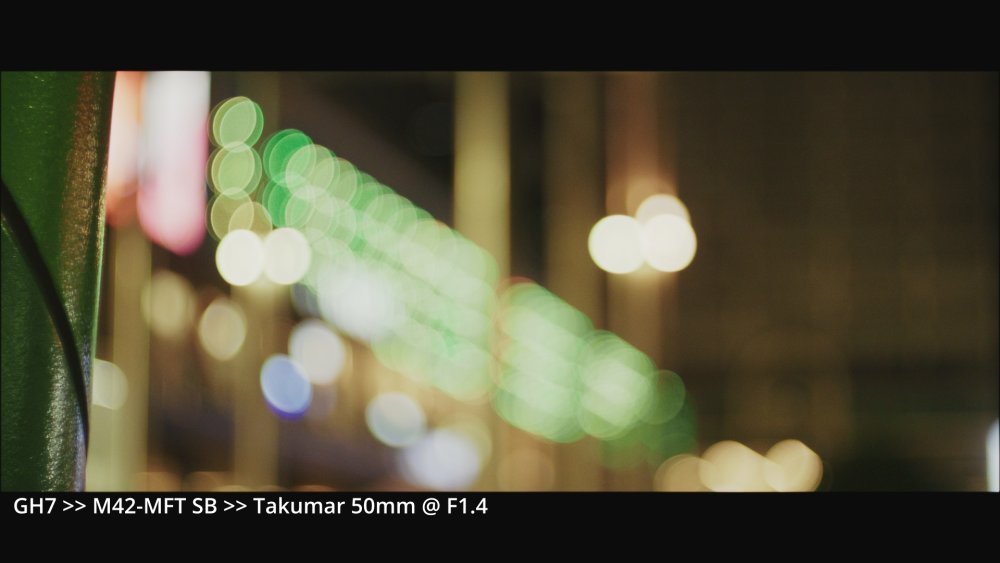
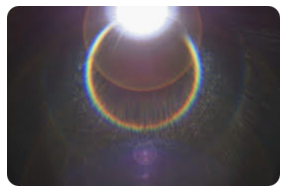
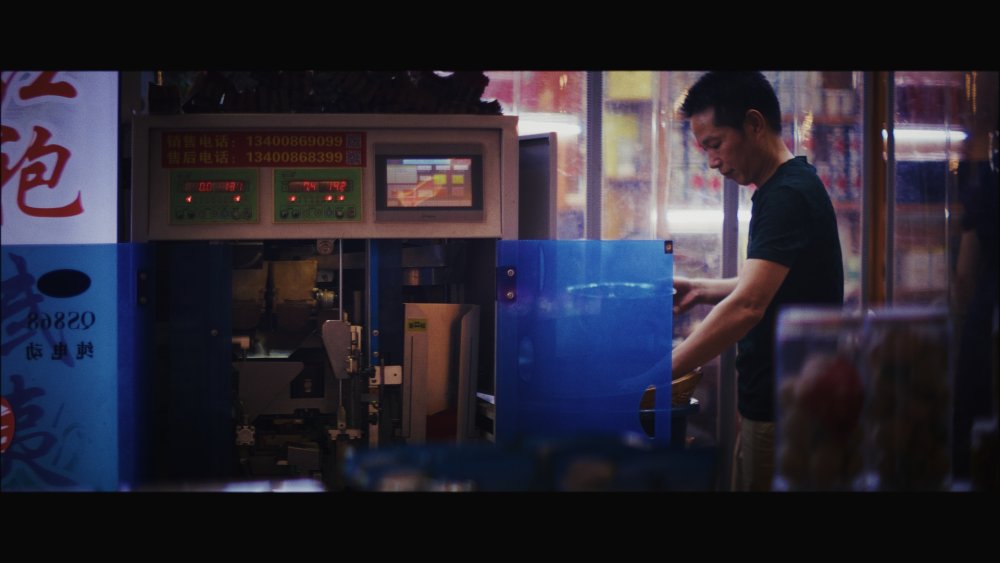
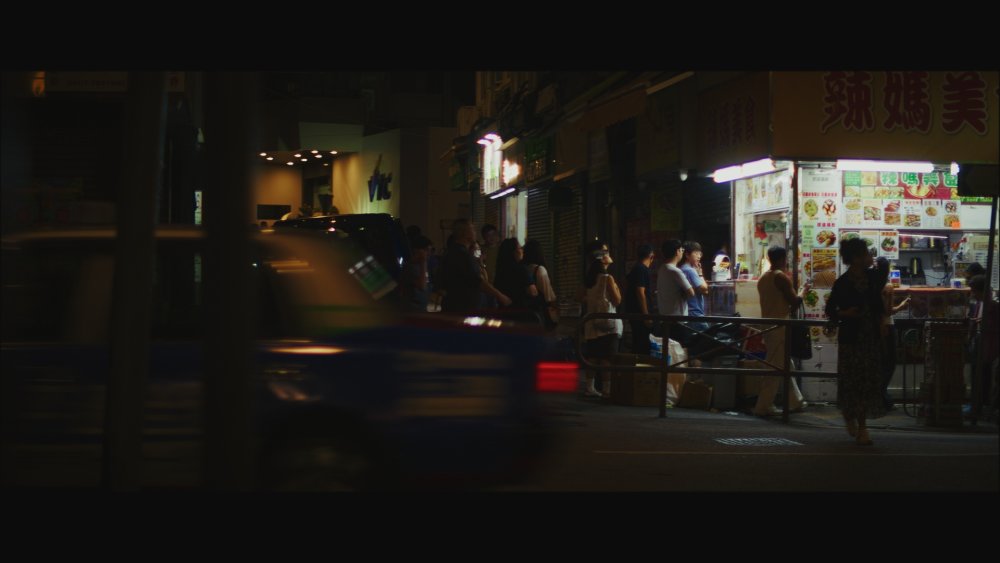
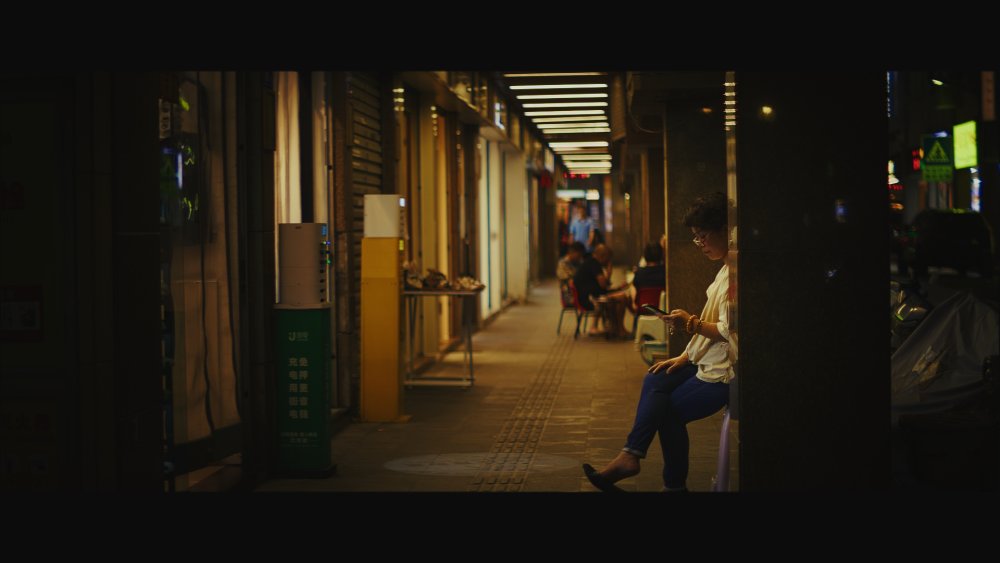
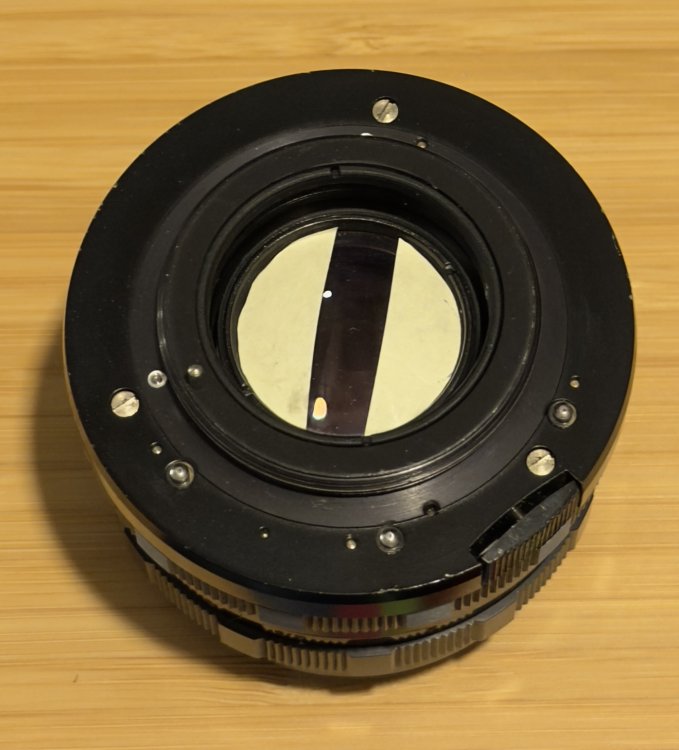

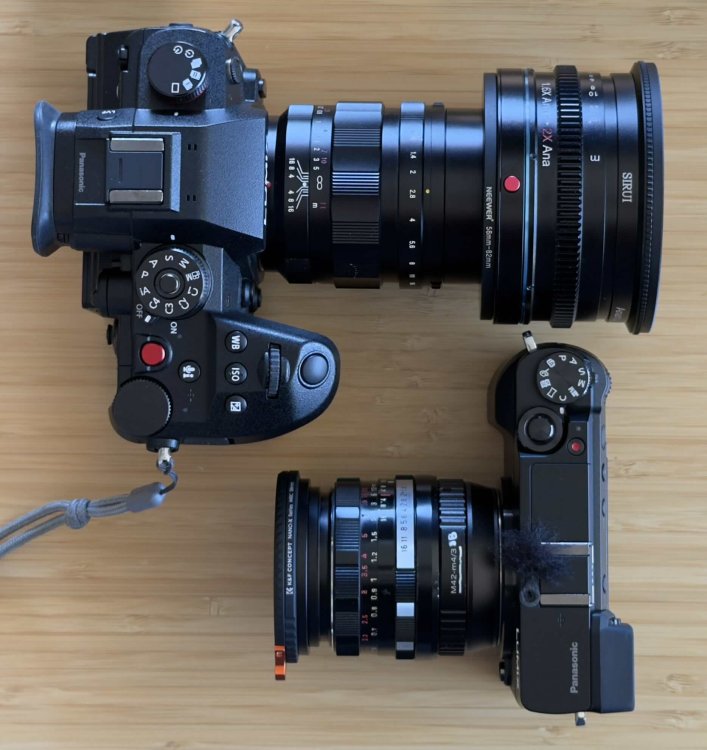


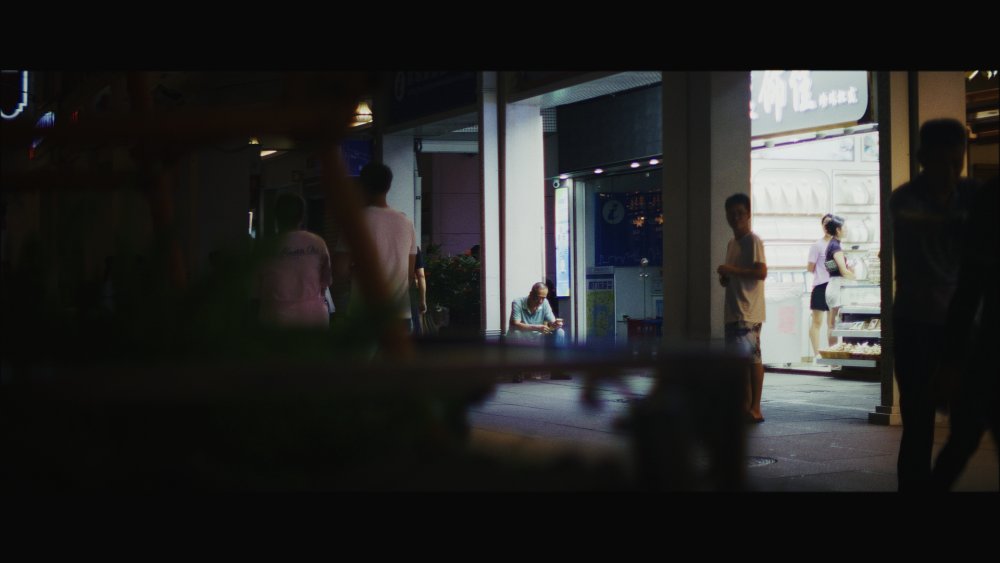
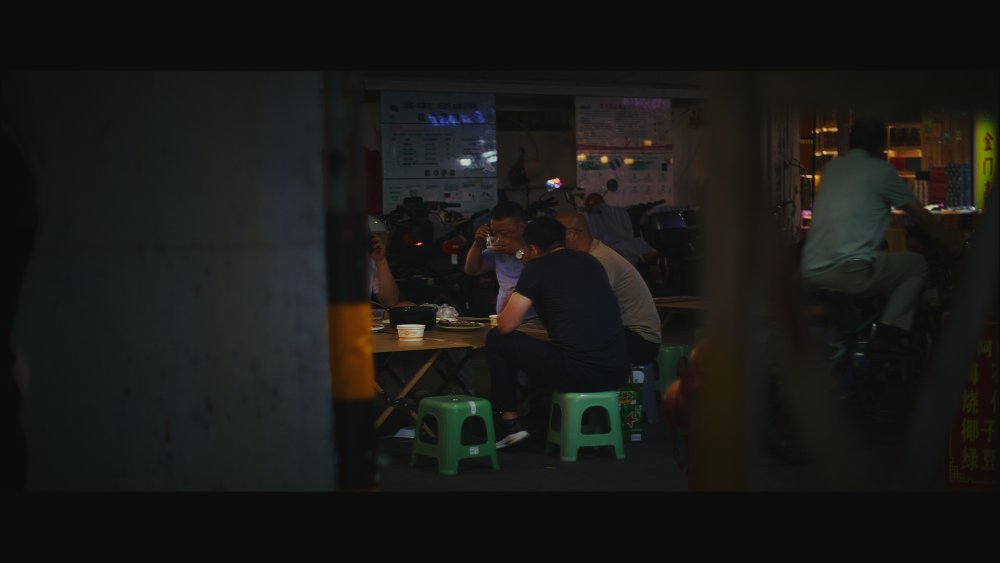
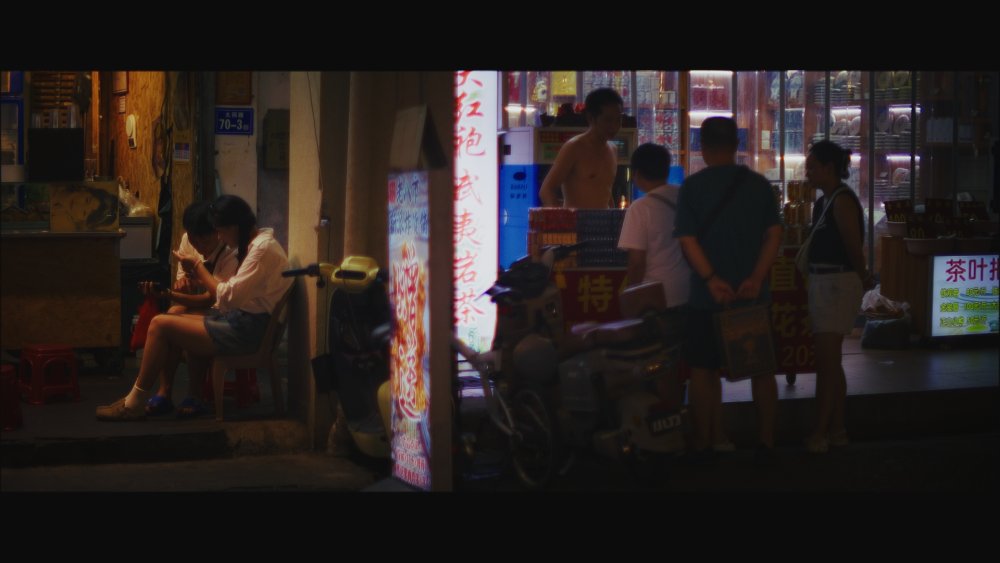
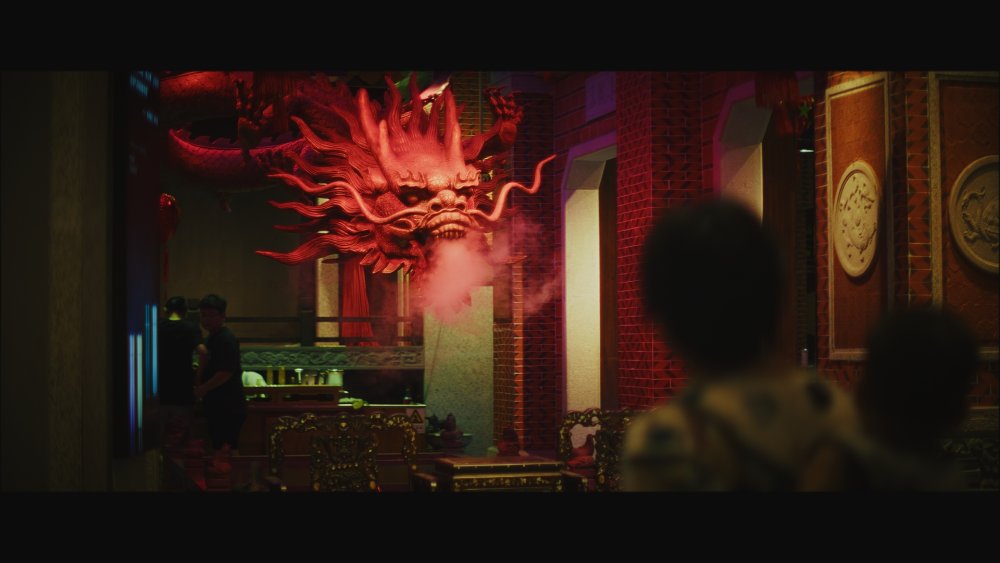
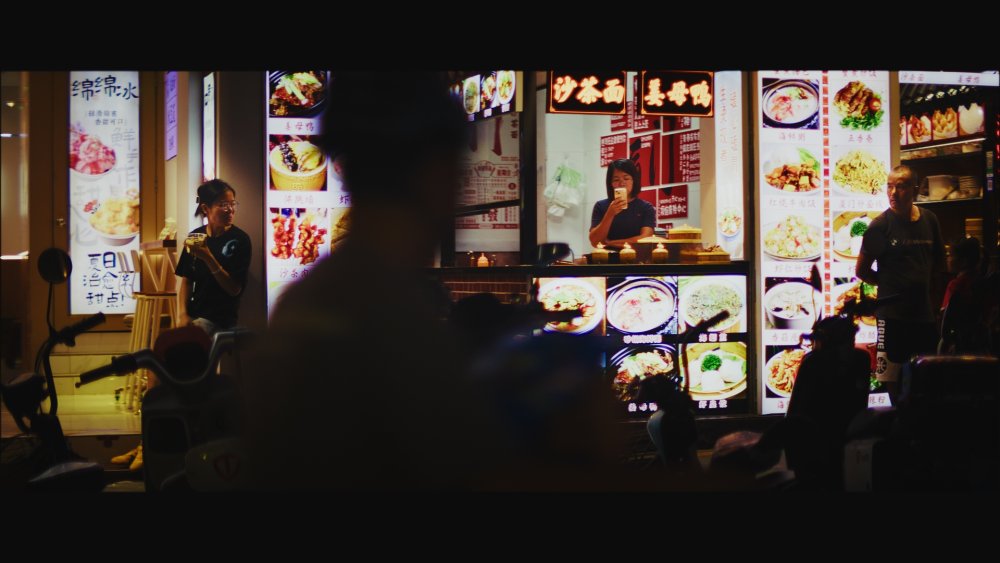
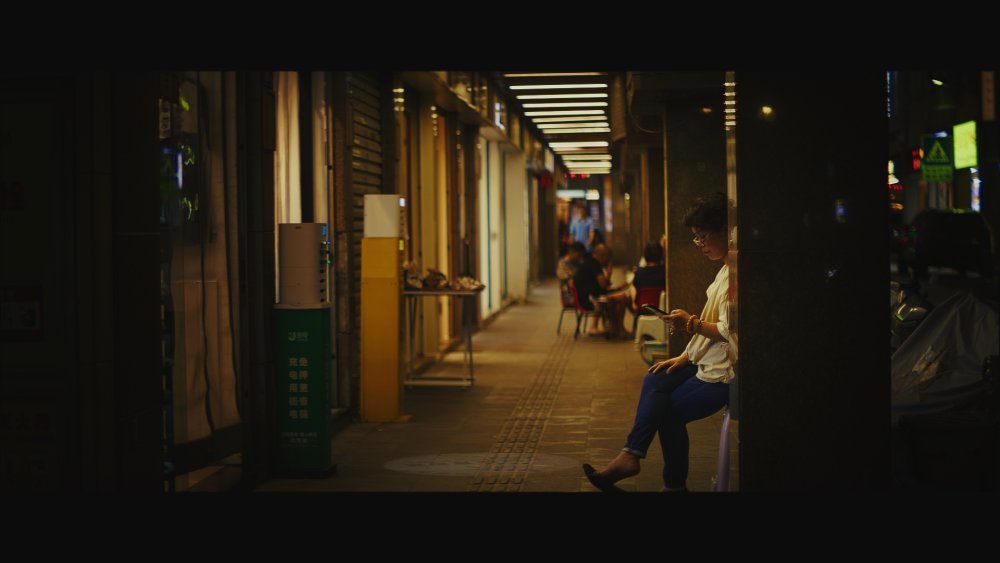
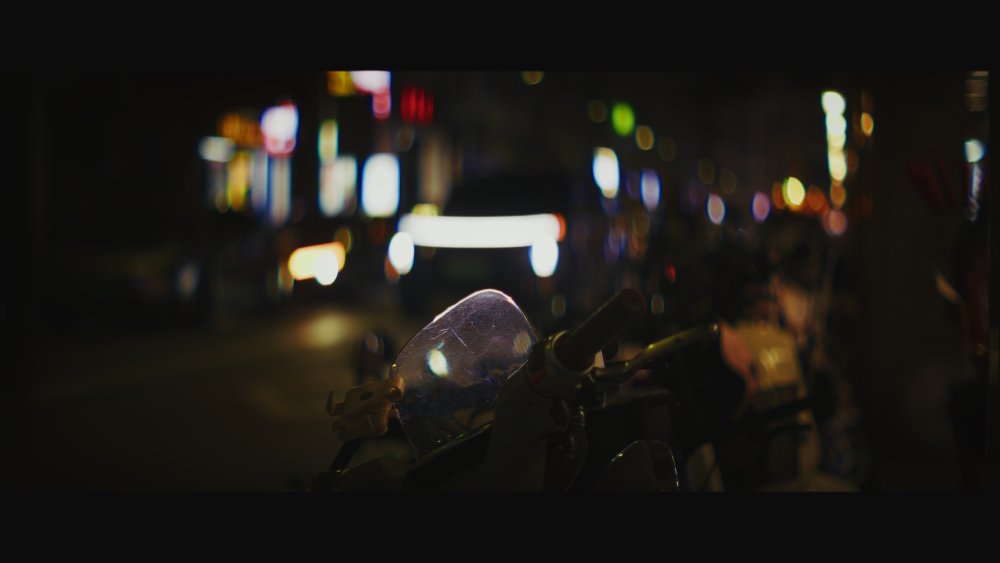
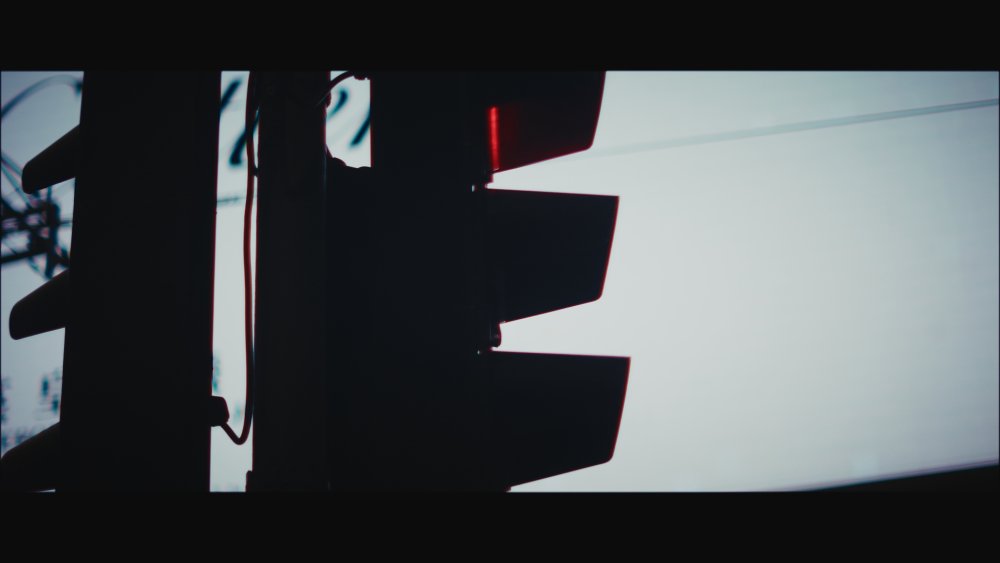
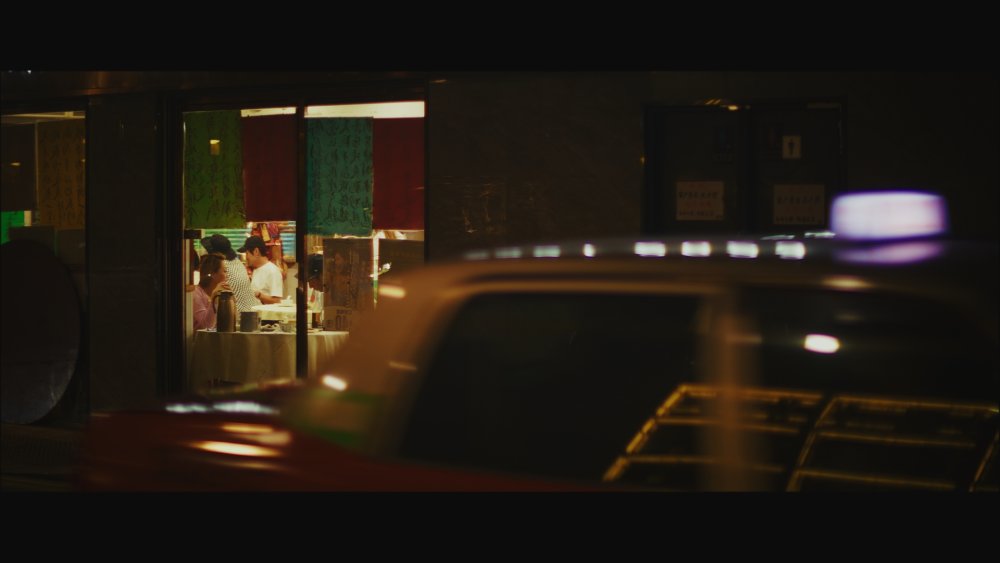
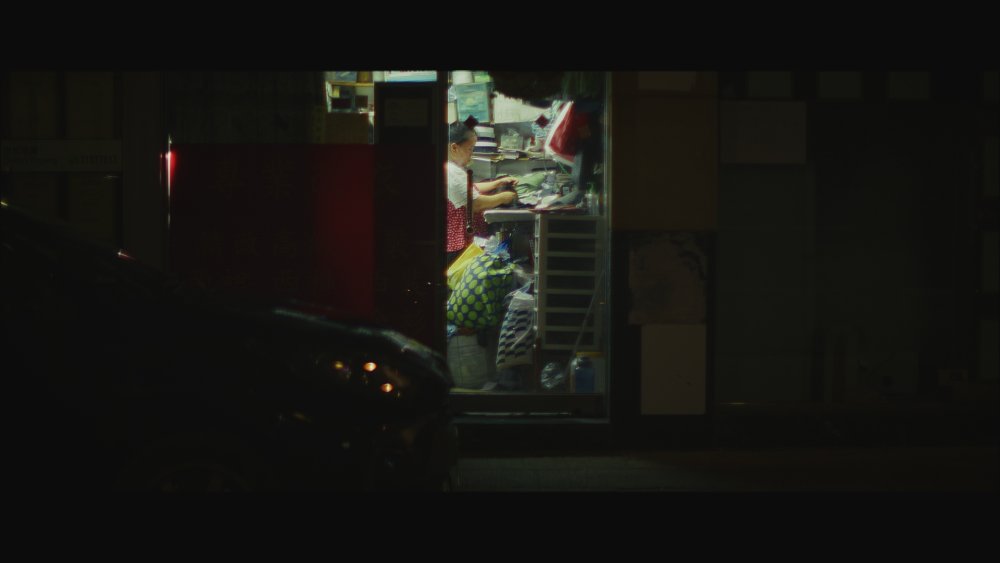
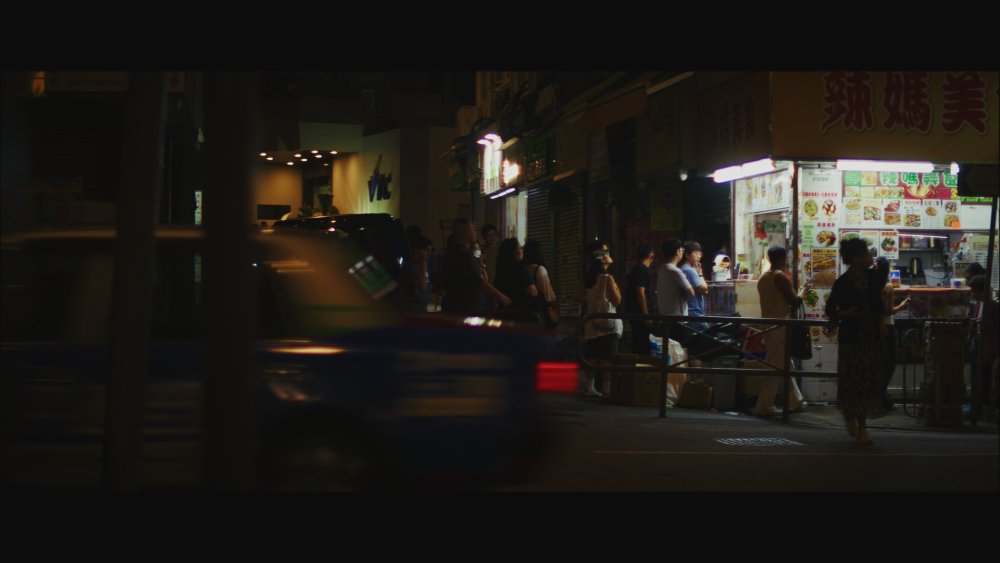
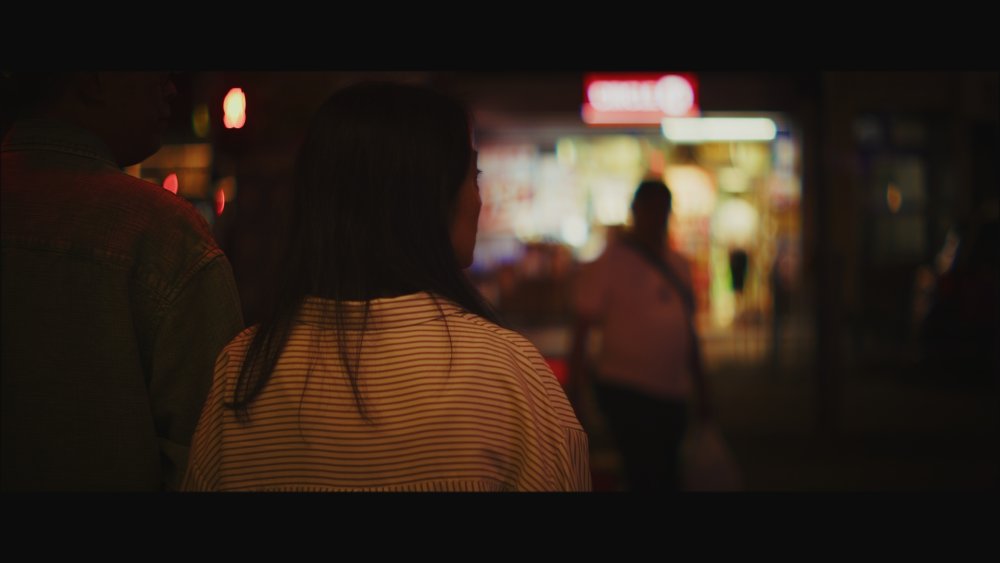
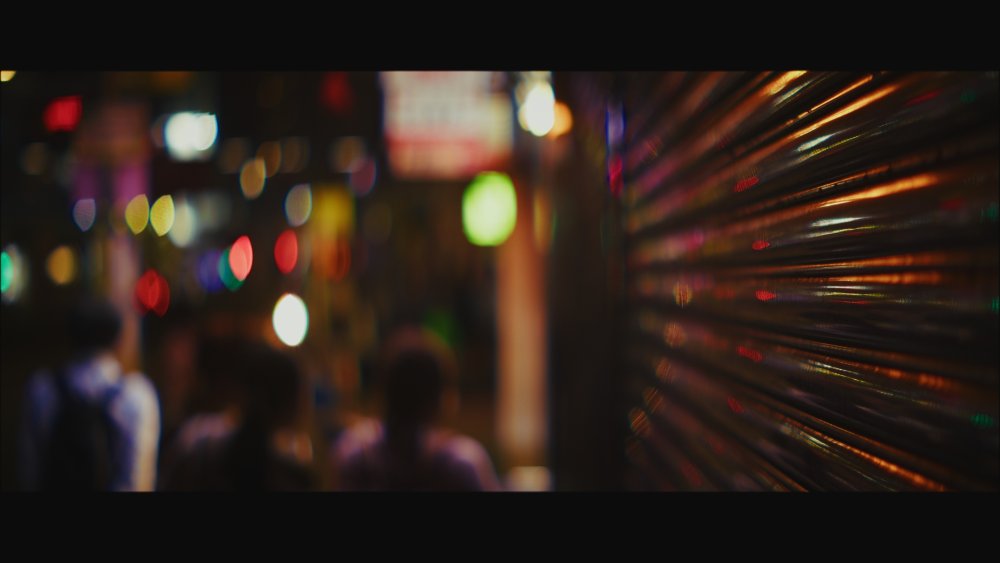
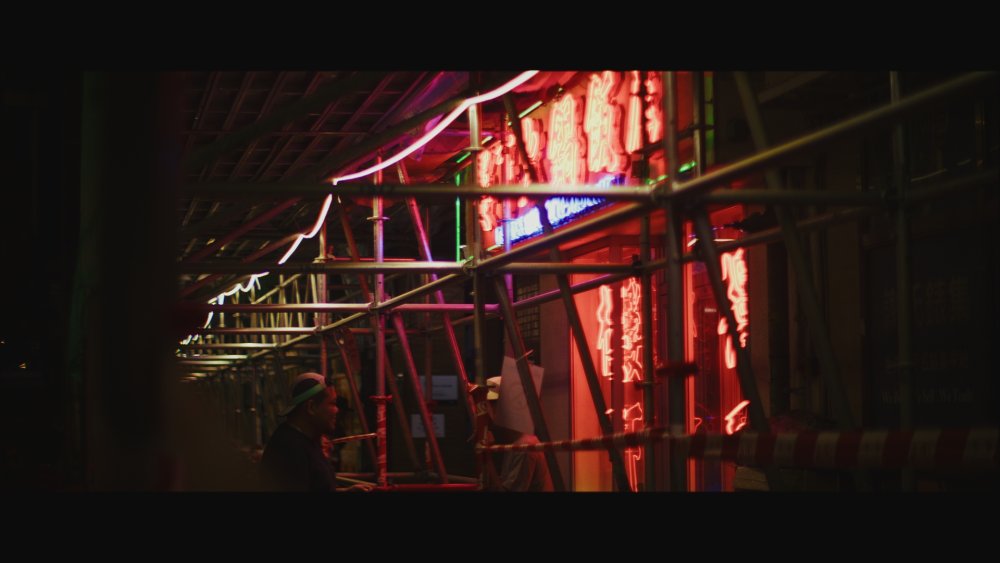
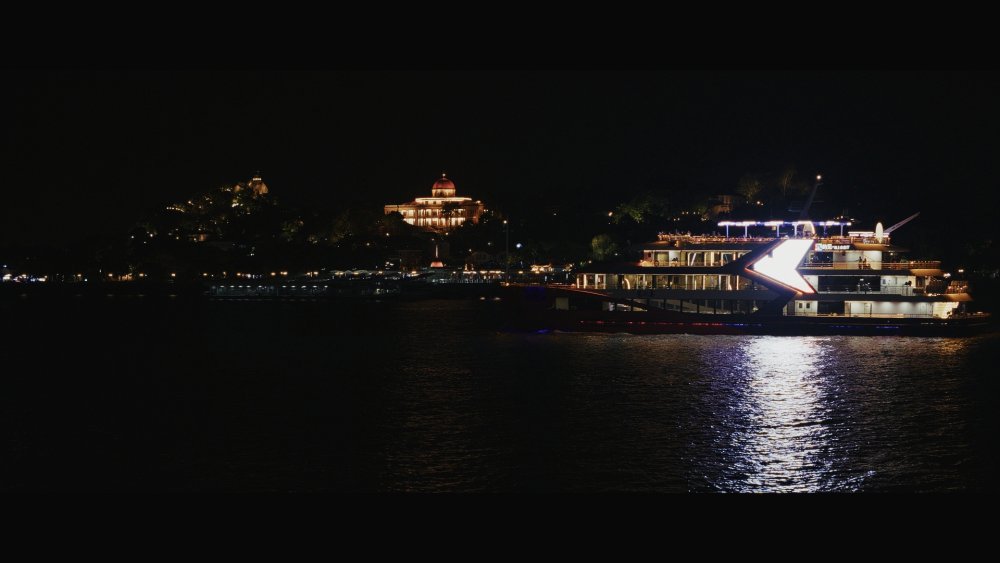
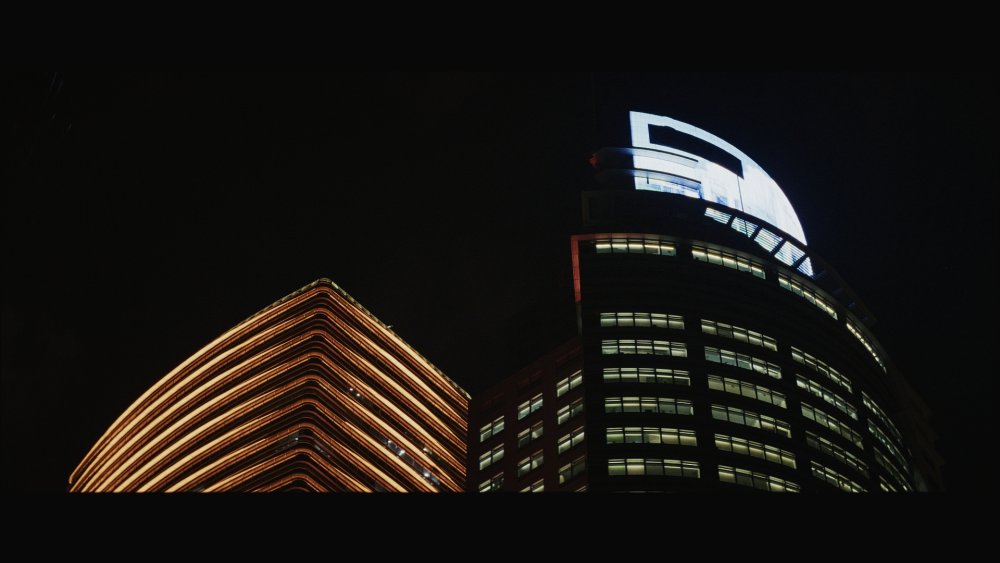
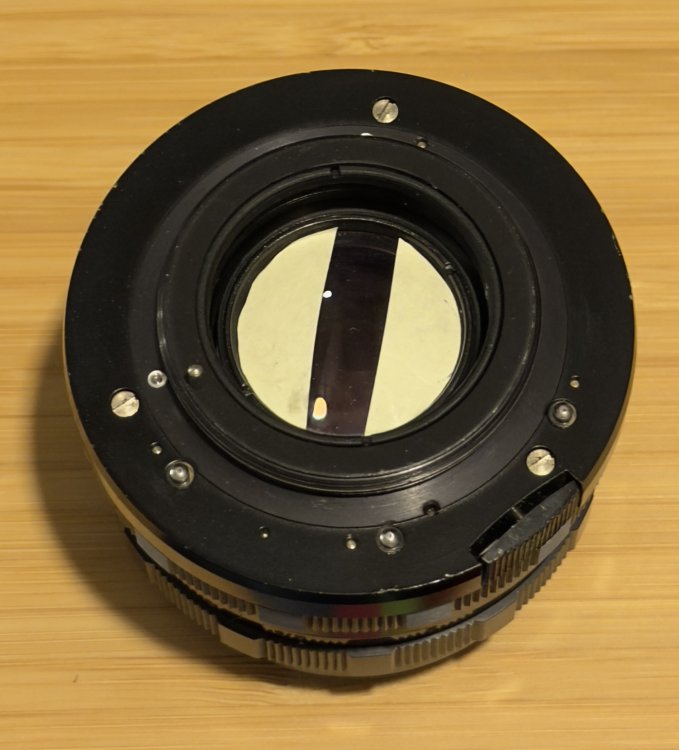
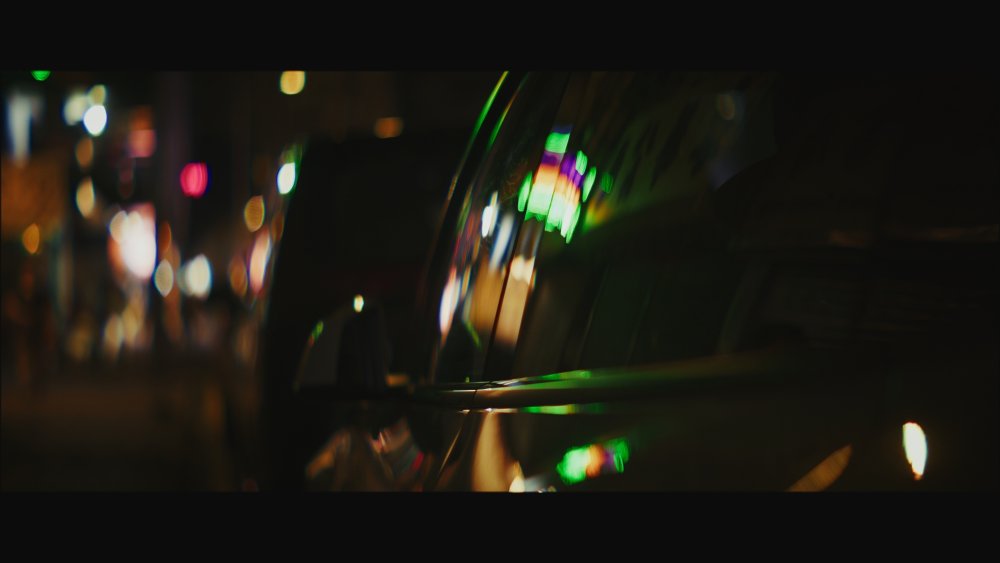
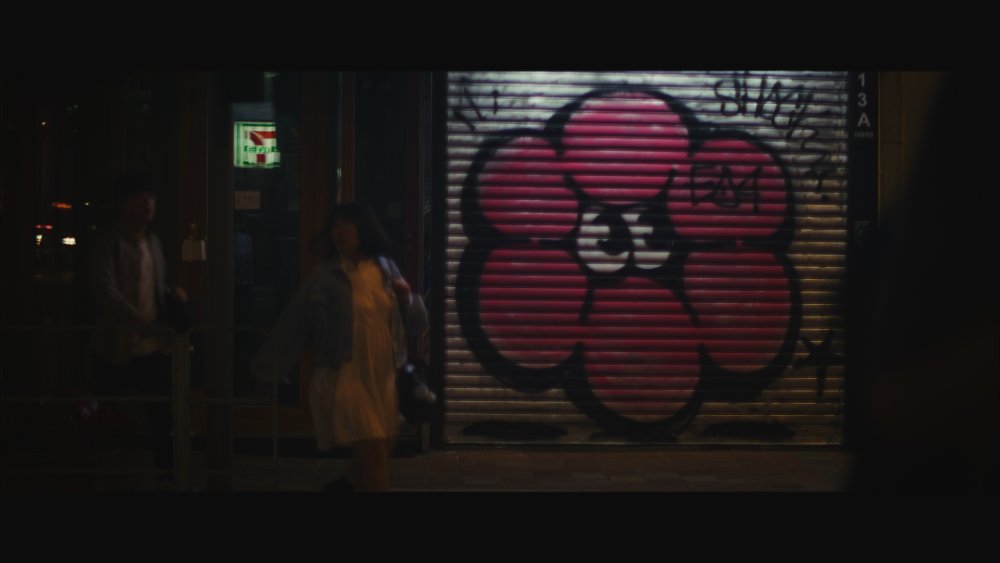
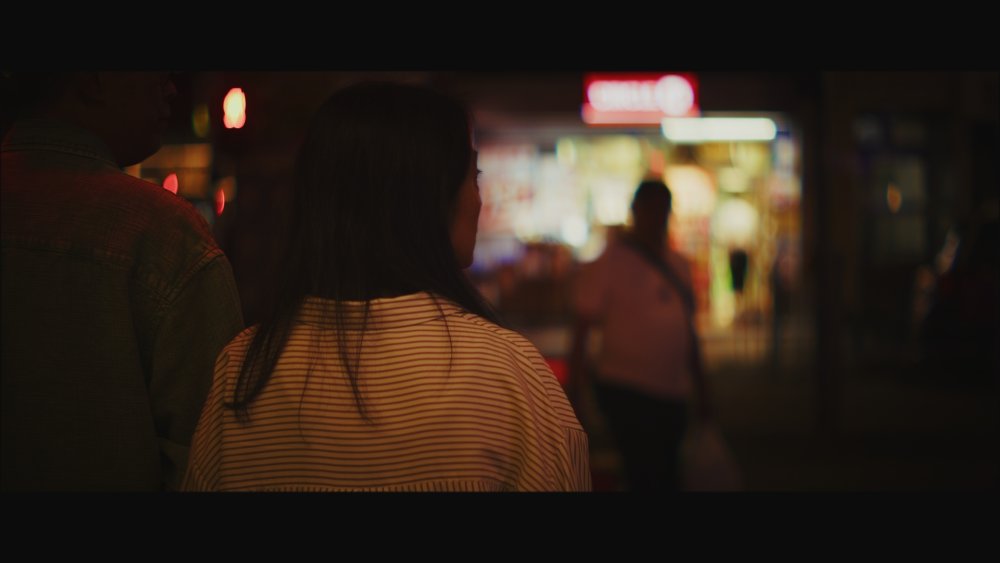

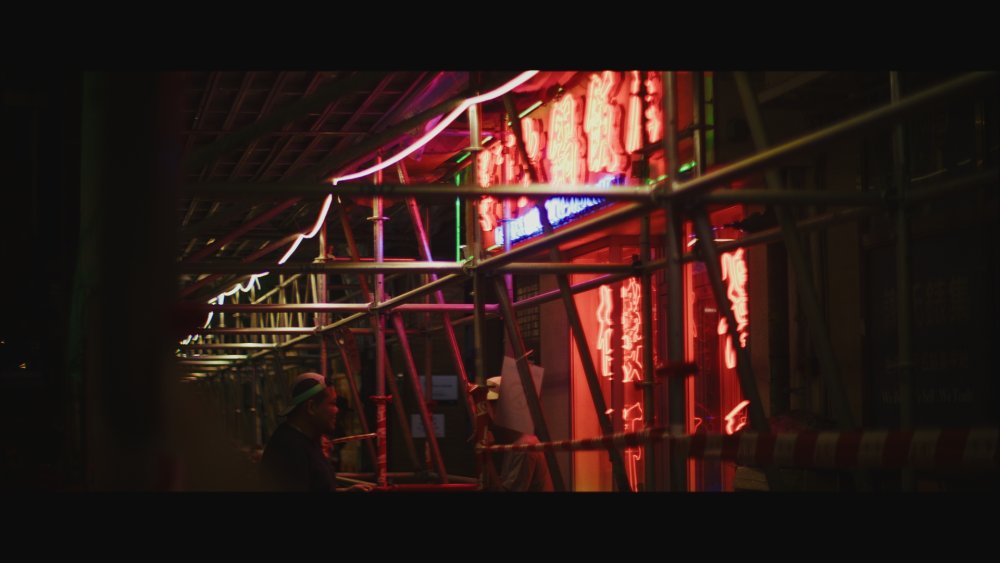
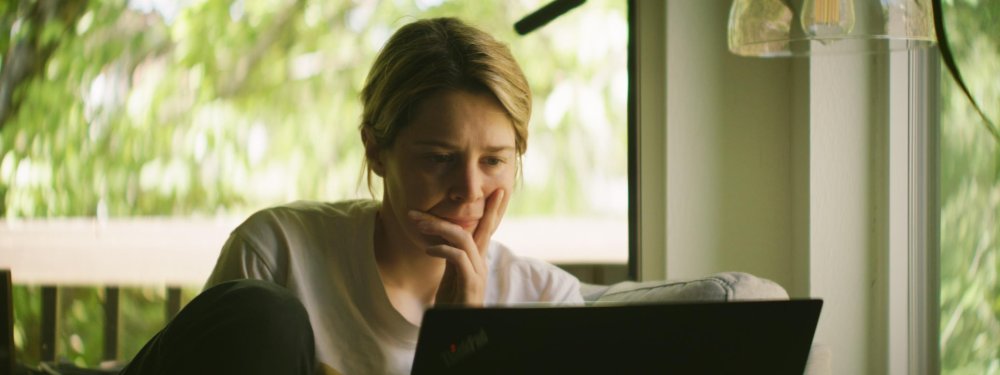
_1.2.1.thumb.jpg.3121de2fa91a61db3546cab951b51e5e.jpg)
